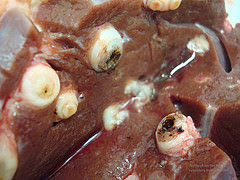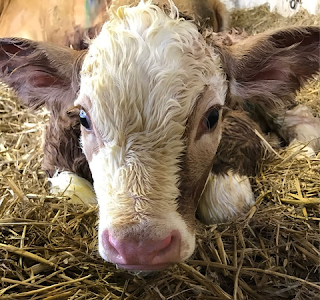The future of food systems. What does the future hold as regard food, food safety, food systems and food production? How will the narrative change in food systems as regards feeding the projected population increase of 9.8 billion by 2050? how will the food system absorb shock or unforeseen circumstances? how resilient is our food system currently and how are we structuring a more resilience food system?
Food systems and our way of life. Food is essential for life, a common denominator that cuts across all levels of the society. Food is fuel and it nourishes us, though quality and quantity available is another story. Some people have limited access to food while others have unlimited access resulting in diverse food related diseases.
How can we build our food system to withstand threat of climate change ,environmental degradation as well as curbing food loss or food waste.? The answer is simple, EDUCATION. The need to educate small holder farmers on the need to adopt climate smart agricultural practices. The training on how to increase yield by using good seeds coupled with proper planting procedures.
Introduction and promotion of value chain concept to farmers, teaching them how to use simple methods to add value to their products thus extending shelf live and curbing waste. A resilience food system will encompass good agricultural practices, proper food handling ,food safety and food preservation.
The future of food systems is not the purview of farmers alone, government policies favoring agribusiness is another angle and the use of technology to scale up production and distribution is key.
How to create a resilience food system? create a hub of producers leveraging technology to increase food production and also a marketing hub backed by a sustainable distribution network. The creation of innovative food system models to ensure food supply from farm to fork is safe,traceable ,accessible and available for utilization.













